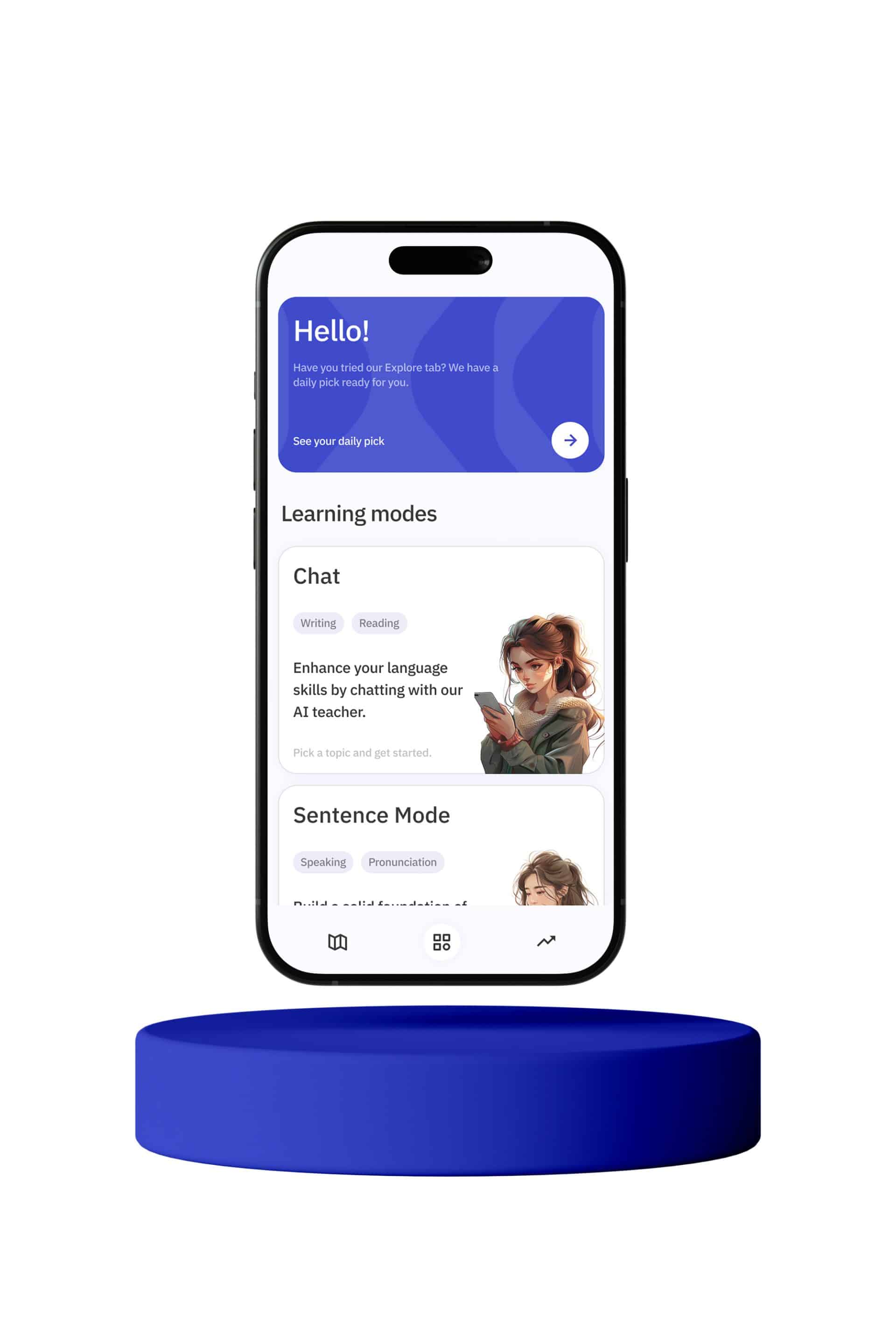When learning a new language, understanding the role of postpositions and their agreement with nouns is crucial. This article will delve into postpositions, their grammatical function, and how they interact with nouns in various languages. Postpositions are similar to prepositions in English but are placed after the noun or noun phrase. They are more common in languages like Japanese, Korean, and Turkish.
What Are Postpositions?
Postpositions are a type of adposition, a broader category that also includes prepositions. While prepositions precede the noun they govern, postpositions follow it. For example, in Turkish, instead of saying “in the house” as in English, you would say “evde” where “ev” means house and “de” is the postposition for “in.”
Examples in Different Languages
1. **Japanese**: Japanese uses postpositions extensively. For instance, the sentence “I went to the store” would be “Watashi wa mise ni ikimashita,” where “ni” is the postposition indicating direction.
2. **Korean**: Similarly, Korean employs postpositions. The sentence “I am at home” translates to “Jeoneun jib-e isseoyo,” where “e” is the postposition indicating location.
3. **Turkish**: Turkish also uses postpositions, such as in the phrase “evde,” where “de” serves the function of “in.”
Grammatical Agreement with Nouns
One of the key aspects of postpositions is their agreement with nouns. This agreement can involve case, number, and sometimes gender.
Case Agreement
In languages with postpositions, nouns often need to be in a specific grammatical case to correctly pair with the postposition. For example:
– **Japanese**: The noun that comes before the postposition “ni” (indicating direction) must be in the nominative case. For example, “Watashi wa gakkou ni ikimasu” (“I am going to school”) uses “gakkou” (school) in its nominative form.
– **Korean**: In Korean, the noun before the postposition “e” (indicating location) does not change form, but the subject or topic of the sentence does. For instance, “Jeoneun jib-e isseoyo” (“I am at home”) uses “jib” (home) without any case change, but “jeoneun” (I) is marked with a topic particle.
Number Agreement
Number agreement with postpositions can vary significantly between languages. Some languages require the noun to indicate singular or plural forms explicitly when used with postpositions.
– **Finnish**: In Finnish, postpositions require the noun to be in a specific case, and the noun’s number (singular or plural) must be clear. For example, “talossa” (in the house) vs. “talossa” (in the houses).
Gender Agreement
Gender agreement is less common with postpositions but can be found in some languages. For example:
– **Hindi**: In Hindi, postpositions do not change form based on gender, but the noun they govern does. For example, “ladke ke saath” (with the boy) vs. “ladki ke saath” (with the girl), where “ke” remains constant, but “ladke” (boy) and “ladki” (girl) change.
Common Postpositions and Their Functions
To better understand postpositions, let’s examine some common examples and their functions in different languages.
Japanese Postpositions
1. **に (ni)**: Indicates direction or location. For example, “Gakkou ni ikimasu” (I am going to school).
2. **で (de)**: Indicates the place where an action occurs. For example, “Kouen de asobimasu” (I play at the park).
3. **へ (e)**: Indicates direction, similar to “ni,” but is more formal. For example, “Tokyo e ikimasu” (I am going to Tokyo).
Korean Postpositions
1. **에 (e)**: Indicates location or time. For example, “Hakgyo-e gayo” (I go to school).
2. **에서 (eseo)**: Indicates the place where an action occurs. For example, “Jib-eseo shinda” (I rest at home).
3. **으로/로 (euro/ro)**: Indicates direction or means. For example, “Jihacheol-ro gayo” (I go by subway).
Turkish Postpositions
1. **-de/-da/-te/-ta**: Indicates location. For example, “Evde” (in the house).
2. **-e/-a**: Indicates direction. For example, “Okula” (to the school).
3. **ile**: Indicates means or accompaniment. For example, “Arkadaşıyla” (with a friend).
Challenges in Learning Postpositions
Learning postpositions can be challenging for several reasons. They often have multiple meanings, change form based on the noun, and require understanding of the grammatical structure of the target language. Here are some common challenges:
Multiple Meanings
Many postpositions have multiple meanings depending on the context. For example, the Japanese postposition “ni” can indicate direction, time, or the indirect object of a verb. This can be confusing for learners who are used to more straightforward prepositions in English.
Form Changes
Postpositions can change form based on the noun they govern. For example, in Turkish, the postposition “-de” changes to “-da,” “-te,” or “-ta” based on vowel harmony rules. This requires learners to understand and apply these rules correctly.
Grammatical Structure
Understanding the grammatical structure of the target language is crucial when learning postpositions. This includes knowing the cases, number, and gender agreements that may be involved. For example, in Finnish, the noun must be in the correct case to properly agree with the postposition.
Tips for Mastering Postpositions
To overcome the challenges of learning postpositions, here are some tips:
Practice with Sentences
Practice using postpositions in sentences rather than in isolation. This helps you understand their context and how they interact with other words. For example, practice sentences like “Watashi wa gakkou ni ikimasu” (I am going to school) to get used to the postposition “ni.”
Use Language Learning Apps
Language learning apps often provide interactive exercises that can help you practice postpositions. These apps can offer immediate feedback and allow you to practice in a variety of contexts.
Study Native Materials
Study materials created by native speakers, such as books, movies, and songs. This exposes you to natural usage of postpositions and helps you understand their nuances.
Engage with Native Speakers
Engage in conversations with native speakers. This not only gives you practice but also allows you to receive corrections and explanations from those who use the language fluently.
Conclusion
Understanding postpositions and their agreement with nouns is essential for mastering many languages. While they may seem challenging at first, with practice and the right resources, you can become proficient in their use. Remember to pay attention to case, number, and gender agreements, and practice using postpositions in context. By doing so, you’ll gain a deeper understanding of the grammatical structure of your target language and improve your overall fluency.








